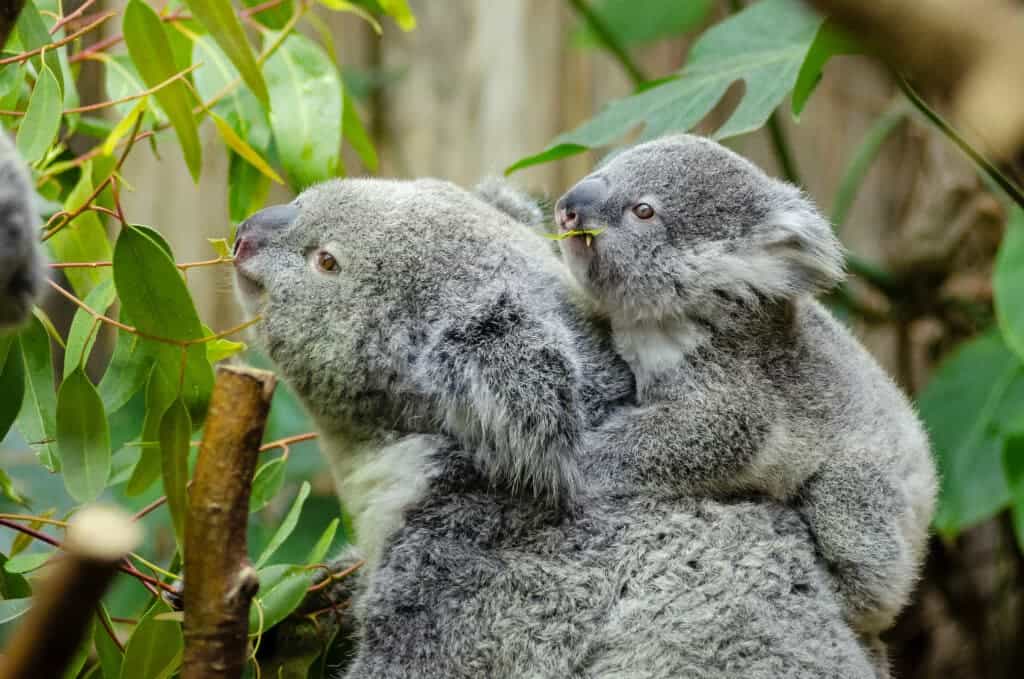Bush fire, drought, habitat loss, and disease have taken a toll on the once abundant koalas in Australia over the years, to the point that the government has now listed the iconic marsupial as endangered for most of its territory. The decision comes two years after a parliamentary investigation predicted the koalas would be extinct in the New South Wales region by 2050 if no urgent government intervention was implemented.

Koalas, the quintessential Australian animal, had been rated “vulnerable” in 1999, but its status has now been upgraded amid its declining numbers. The reclassification applies to Queensland, New South Wales and the Australian Capital Territory (ACT), where most koalas live. The Environment Ministry said a recovery plan for koalas would soon be set in place.
The plan includes the creation of laws to protect koalas and their natural habitat. Additionally, the government would commit about $35 million in the next four years for koala recovery and conservation efforts. This was welcomed by NGOs but they described it as a “drop in the ocean” if the causes of the species decline aren’t tackled.
“This listing adds priority when it comes to the conservation of the koala,” Environment minister Sussan Ley said in a press conference. “The impact of prolonged drought, followed by the black summer bushfires, and the cumulative impacts of disease, urbanization and habitat loss over the past twenty years have led to this.”
A very challenged species
The critical situation of the koala got global attention in 2019 when bush fires raged over millions of hectares, disrupting the animal’s habitat. A report by the World Wildfire Fund estimated that more than 60,000 koalas were “killed, injured or affected in some way.” It wasn’t just koalas, three billion other animals were affected by the fires.
In response, the Australian government committed almost $13 million, half of which to be used in restoring the habitats and half in health research. But that wasn’t enough, environmental NGOs agreed. In 2020, WWF, the Human Society, and the Fund for Animal Welfare collectively nominated the animal for listing as an endangered species.
The koala population dropped to less than 58,000 in 2021 from more than 80,000 in 2018, according to a report by the Australian Koala Foundation (AKF) published last year. The worst drop was in the state of New South Wales, where the numbers plummeted by 41%. There were no upward numbers in any region, with some with as few as five koalas.
“Posing with a cuddly Koala and announcing a big chunk of money is undeniably a vote winner. But, if the Federal Government is serious about saving the species, their splash of cash needs to be put a horse in front of the cart – and that is decent mapping to know where the Koalas are or could be,” Deborah Tabart, head of AFK, said in a statement.
Koalas currently face a wide array of threats in Australia. A whole colony can be wiped out by a single bushfire, according to AFK. The animals are also affected by diseases caused by the chlamydia bacteria, such as conjunctivitis and urinary tract infections. Clearing of land for infrastructure and agriculture development can also lead to loss of their habitat.


